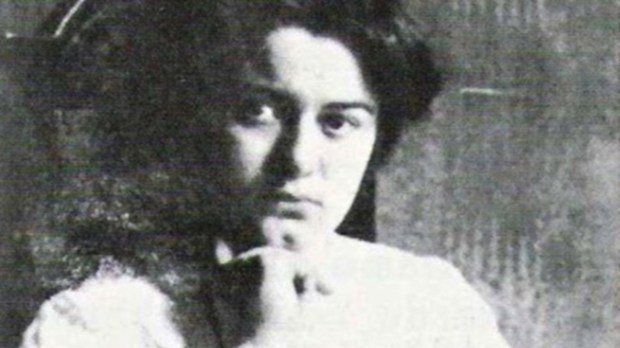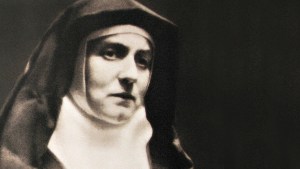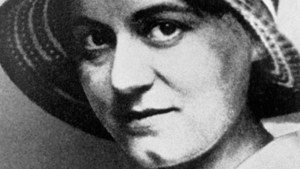Lenten Campaign 2025
This content is free of charge, as are all our articles.
Support us with a donation that is tax-deductible and enable us to continue to reach millions of readers.
Born into a Jewish family on October 12, 1891, in what was Breslau, Germany (modern day Wrocław, Poland), Edith Stein eventually abandoned her faith and embraced atheism as a young adult.
Yet, it was through the influence of her friends that she came back to God and ended-up embracing the Catholic faith.
This is the Truth
The Vatican biography briefly summarizes her road to the Christian religion.
Back in Breslau, Edith Stein began to write articles about the philosophical foundation of psychology. However, she also read the New Testament, Kierkegaard and Ignatius of Loyola’s Spiritual Exercises. She felt that one could not just read a book like that, but had to put it into practice.
In the summer of 1921. she spent several weeks in Bergzabern (in the Palatinate) on the country estate of Hedwig Conrad-Martius, another pupil of Husserl’s. Hedwig had converted to Protestantism with her husband. One evening Edith picked up an autobiography of St. Teresa of Avila and read this book all night. “When I had finished the book, I said to myself: This is the truth.” Later, looking back on her life, she wrote: “My longing for truth was a single prayer.”
It was through these and other experiences that led her to find the truth in the Catholic faith, which she believed was a fulfillment of her Judaism.
On January 1, 1922 Edith Stein was baptized. It was the Feast of the Circumcision of Jesus, when Jesus entered into the covenant of Abraham. Edith Stein stood by the baptismal font, wearing Hedwig Conrad-Martius’ white wedding cloak. Hedwig was her godmother. “I had given up practicing my Jewish religion when I was a 14-year-old girl and did not begin to feel Jewish again until I had returned to God.” From this moment on she was continually aware that she belonged to Christ not only spiritually, but also through her blood.
Year of Edith Stein
According to Catholic News Agency, “The city where the philosopher turned saint was born has launched a Year of Edith Stein to celebrate the life and legacy of the woman who was martyred at Auschwitz.”
Various events will be held to honor the milestone.
To mark the year, the city council of Wrocław has also set up an exhibit in the Edith Stein House, the saint’s family home, which is now a conference center and a space for interreligious dialogue.
St. Edith Stein’s baptism was just the beginning for her, as she eventually joined a Carmelite convent and died in Auschwitz, being both a Jew and a Catholic nun.



